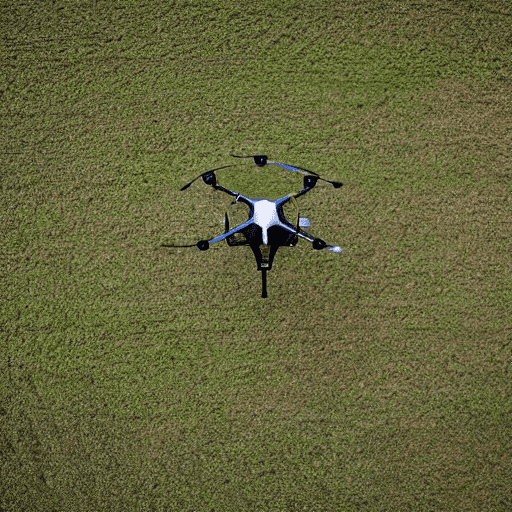
Drones and Farming
Keeping crops healthy and producing high volumes is no easy task. Farmers need to keep a constant eye on their crops, which can be challenging in large fields with limited visibility. Aerial drones and data collected by specially trained drones are changing the game in agribusiness. Farms are using different types of drones to monitor crops, detect problems and improve their processes. So, let’s take a closer look at these awesome unmanned aerial vehicles as they are used in agriculture today. Drones and Farming!
What is an unmanned aerial vehicle (UAV)?
A UAV, or unmanned aerial vehicle, is any aircraft that can fly without a pilot on board. UAVs can be remote controlled or fly autonomously based on programmed instructions. Whether a drone or a UAV, these unmanned aircraft are increasingly being used in agriculture for a number of reasons. Agricultural drones are the main drones used in farming. These drones are often used to spray pesticides and herbicides, monitor crops and pollinating bees, and even track livestock. Also, the agricultural drones that are available on the market can be separated into three categories — light, medium, and heavy.
1. Drone Monitoring
Sophisticated drone monitoring systems can detect plant health, water stress and other potential issues. Drones equipped with thermal imaging cameras can help farmers discover issues that are otherwise invisible to the naked eye. Farmers can use thermal imaging to spot heat spots that indicate plant stress or damage. By knowing where the stress is, farmers can then address those areas automatically with precise applications of water, nutrients and other resources. Drones are also useful in monitoring pollination and harvesting.
2. Drone Data Analysis
Once the drone data is collected, it can be analyzed using software to determine the health of the crops. This analysis is helpful in a variety of ways. The software can determine the number of flowers or fruits on a plant, as well as the size and number of leaves. Plants with more flowers or fruits are generally healthier than those that are not flowering or fruiting. The data collected by the drone can be used to decide when the crops should be harvested, monitor the growth of the crops and determine the amount of fertilizer needed.
3. Drone Spraying
Drones equipped with sprayers can be used to apply pesticides, herbicides, fungicides, and other crop-protecting agents. Spraying pesticides and fungicides can increase the quality of the crops and extend their shelf life. Spraying herbicides can reduce the amount of weeds in a field, allowing the crops to grow better. Drones can apply chemicals more accurately than a human pilot. This can help reduce the amount of chemicals used, helping to protect the environment.
4. Drone Harvesting
Did you know that drone harvesting is NOT a technology that is currently in use? It is being researched by a number of companies. Drone harvesting involves a flying robot that collects crops without damaging them. Once the drone has collected the crops, it lands and the crops are removed from the robot. The advantage of this method is that it can harvest crops without needing to hire additional workers. Drone harvesting could be used on a variety of crops, including peanuts, melons and cotton.
5. Drone Mapping and Automated Path finding
Farmers can use drones to create maps of their fields. Creating a map helps farmers spot problems that are otherwise difficult to detect. Drones can also be used to create automated path finding paths for tractors. This process creates a path that is optimized to minimize fuel consumption without compromising productivity.
Bottom line about Drones and Farming
Drone technology is a rapidly growing field, and new innovations are being developed every year. With new developments, farmers will be able to use drones to create even more beneficial solutions for their farms. With each new advancement, the price of this technology is coming down. This means that farmers will be able to use these unmanned aerial vehicles more often, which will have a positive impact on their businesses. Drones are already providing a wide range of benefits for the agricultural industry. As the technology continues to advance, it will likely have an even more significant impact on the future of farming. Want to learn more about Drones and Farming? Check out this article from Technology Review.
So, do you want to know more? Check us out at https://mrdroneguy.com
